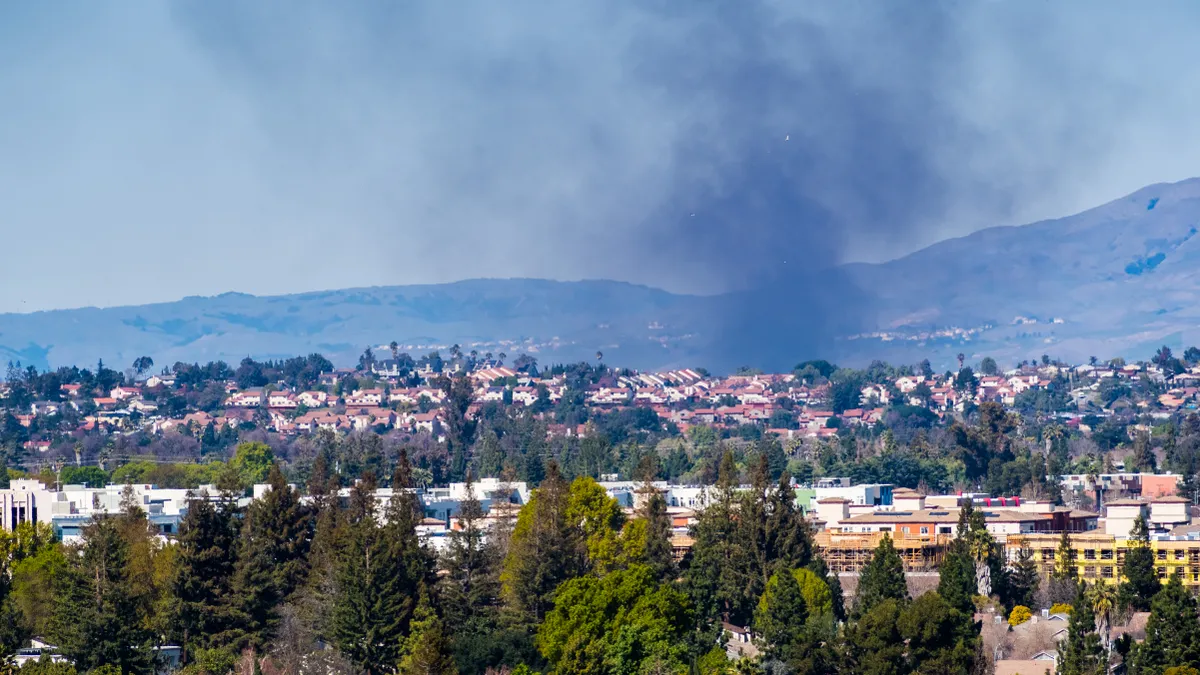Dive Brief:
- Climate change's direct and indirect effects are resulting in large population shifts across the country, and communities must plan for the related impacts, according to a new report.
- "The Next American Migration" proposes a framework for categorizing communities as vulnerable, recipient, or destination cities to better assess risk, revisit growth projections, and support affected residents. The National League of Cities' Center for City Solutions and environmental services firm Buy-In Community Planning released the report Thursday.
- "A significant loss or influx of residents can affect local, state, and federal resource allocations, private sector investments and decisions, housing availability, and even cultural and social dynamics," the report states. "Cities that take action to improve local resilience, protect affordable housing, decarbonize their economies and keep at-risk residents out of harm’s way will be in a better position regardless of their net population loss or gain."
Dive Insight:
Climate change “mostly hurts the poor people that can’t just pick up and move,” NLC CEO and Executive Director Clarence E. Anthony said during an interview with MSNBC on Thursday. While the destructive impacts of climate change on communities are frequently most noticeable in coastal cities, the NLC and Buy-In report says that no community is immune.
For instance, the report notes that approximately one-third of all U.S. residents were living in a county hit by an extreme weather disaster last summer. "America’s towns and cities are already experiencing both climate impacts and subsequent migrations — they just might not have recognized them," states the report.
The report defines vulnerable cities as those where the majority or entirety of the city is under existential threat from frequent climate hazards and has limited resources to respond. Recipient cities are those where the urban center has climate risks, but less than neighboring vulnerable cities, and an influx of residents would strain resources and move existing stressors to crisis mode. Climate destination cities are those where climate impacts are more manageable, resources — including affordable housing — are abundant, and proactive planning to adapt to and welcome new residents is happening.
The report cites that when 90 planners from 21 rural and urban communities across Colorado were asked to label their communities, 71% said they fit into more than one category, but half classified their communities as vulnerable, 85% considered them recipients and 38% were destinations.
Among the report's many strategy recommendations, the authors say municipalities should consider reexamining their current growth projections. “It is unlikely that regional or state population projections consider climate change and thus may under or over-shoot,” the report states. The report highlights the potential benefits of data and modeling for local government to gain insight into possible migration trends, but it notes that "local officials and residents are the primary experts on local culture, history and politics, and modelers do not necessarily incorporate these elements into their projections."












